Trees of the North Arboretum
Tree 18: Tulip Tree
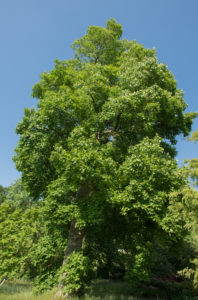
In its native land of North America, this tree has been known to tower to tremendous heights. This tree is also desirable from an ecological point of view; the pollen harvested by bees from the flowers apparently produces superb honey!
Sponsor: Robert Bieber MBE
In celebration of my 80th birthday; joining the Senior 100 and reflecting on the many happy wonderful occasions we’ve celebrated at this special Club.
‘Trees are poems that the earth writes upon in the sky’ Kahlil Gibran
Tree 19: Emerald Queen Norway Maple
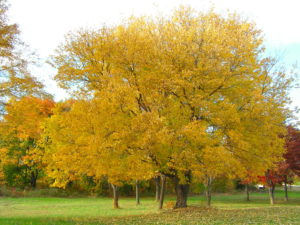
This tree has discrete yellow flowers that appear in spring, and bright green leaves which turn golden yellow and sometimes red in the autumn.
Sponsor: Gordon and Margaret Hansen Mylchreest
Golden Wedding Anniversary 2 August 2019
“Let the trees of the forest sing for joy before The Lord”
Tree 20: Small Leaved Lime
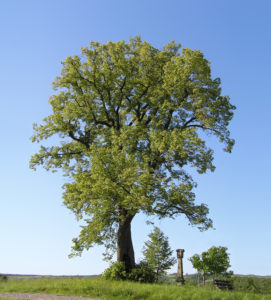
The Small Leaved Lime is a particularly versatile tree, tolerating pollarding and even being confined to a pleached frame. Abundant green glossy leaves turn a clear yellow in the autumn before leaf fall. Creamy white flowers are produced in July.
Sponsor: Ann Chapple
Remembering Trevor Wallace Chapple. 1937-2000.
FRICS, Commander’s Cross of the Order of Merit (GDR).
Always missed by his wife, Ann, family and friends.
Tree 21: Black Walnut
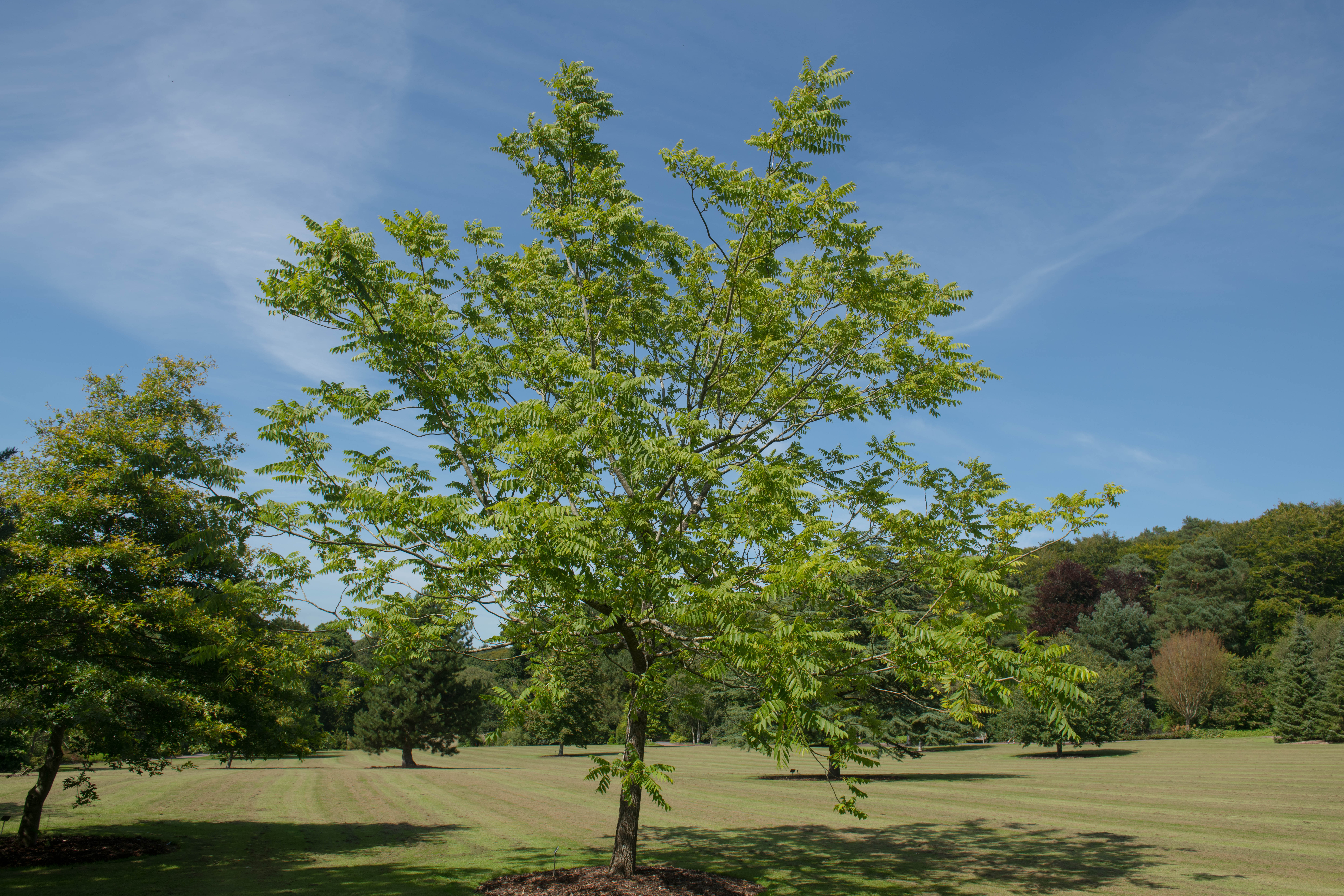
The foliage of the Black Walnut is very different to the Common Walnut, exhibiting a leaf which consists of up to 23 leaflets, making them long and Ash-like in appearance.
Sponsor: Kirsty Palacci
In loving memory of Graham Peters, a wonderful husband, father and Grandpops. Many a happy Tuesday lunchtime spent in the 19th Hole with good friends.
Tree 22: Deodar Cedar
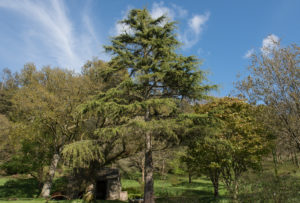
This Cedar was introduced from the Himalayas back in 1831. Due to its extensive ultimate size, it was favoured for planting in the grounds of many stately homes, large country houses and Georgian rectories.
Sponsor: John and Vivien Bettle
In memory of happy times spent at the Royal Automobile Club.
Grow strong for me, oh tiny tree.
Tree 23: Dodoens Elm
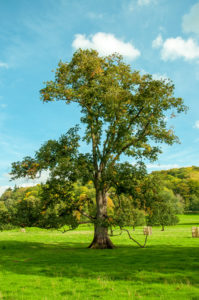
This is a tough broad headed Elm and it is a vigorous tree that has rough leaves which turn from a deep green to a clear yellow in the autumn before leaf fall.
This Elm was bred in the Netherlands for its Dutch Elm Disease resistance back in the 1950s and released for commercial sale in the 1970s.
Sponsor: Richard Faber
In memory of my father Dr Hamilton S Faber, Member 1915–1960, and my brother Hamilton S Faber Junior, Member 1945-1968
Tree 24: Scots Pine
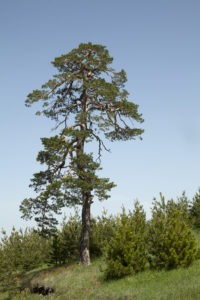
The only Pine native of the UK, its tall trunk and tufty crown is a well-recognised feature up and down the country.
Sponsor: Peter Lewis
Sponsored in memory of the late Gyles Chapman, 15 July 1945 to 2 July 2018, Family and Friends
When my days are done,
plant a native tree for me
Where it may be seen,
beneath the beauty of the sun.
Tree 25: Lutece Elm
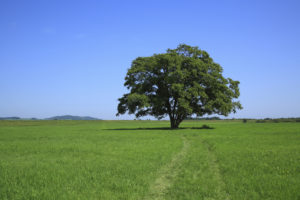
Ulmus Lutece, known as an Elm tree, has an ascending vase-shaped crown which grows upwards to a height of 10 to 15m. The year-old twigs are brown-green, the older bark is brown-grey and smooth. In autumn the leaf turns yellow.
The tree originated in the Netherlands but was later acquired by the French agency INRA.
Sponsor: The Club
Tree 26: Dark Leaved Sycamore
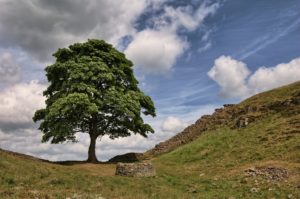
These broadleaf trees can grow to 35m and live for 400 years. The bark is dark pink-grey, and smooth when young, but becomes cracked and develops small plates with age.
Sponsor: The Club
Tree 27: Austrian Pine
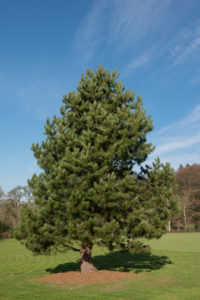
This is an extremely hardy evergreen tree that will tolerate a range of tough and exposed conditions. The foliage consists of double needles that are greener and longer than the well known Scots Pine. It forms a pyramidal shape at maturity.
Sponsor: David Jones
Sunset and evening star,
And one clear call for me!
Iorwerth and Martha Jones
Tree 28: Common Lime
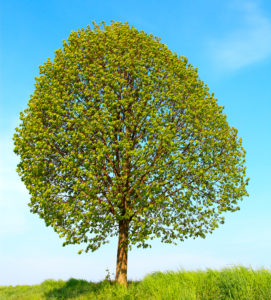
The Common Lime is suitable for most conditions and soil types and is tolerant of urban pollution.
This tree has heart shaped green foliage with a yellow-green underside and yellow-white flowers in clusters that are sweet smelling. It produces small rounded fruits with a downy covering.
Sponsor: The Club
Tree 29: Black Walnut

The foliage of the Black Walnut is very different to the Common Walnut, exhibiting a leaf which consists of up to 23 leaflets, making them long and Ash-like in appearance.
Sponsor: Jean Williams
In loving memory of Peter Williams, wonderful husband, father and grandpa. He was a proud Cornishman who enjoyed special times at Woodcote Park.
Tree 30: Emerald Queen Norway Maple
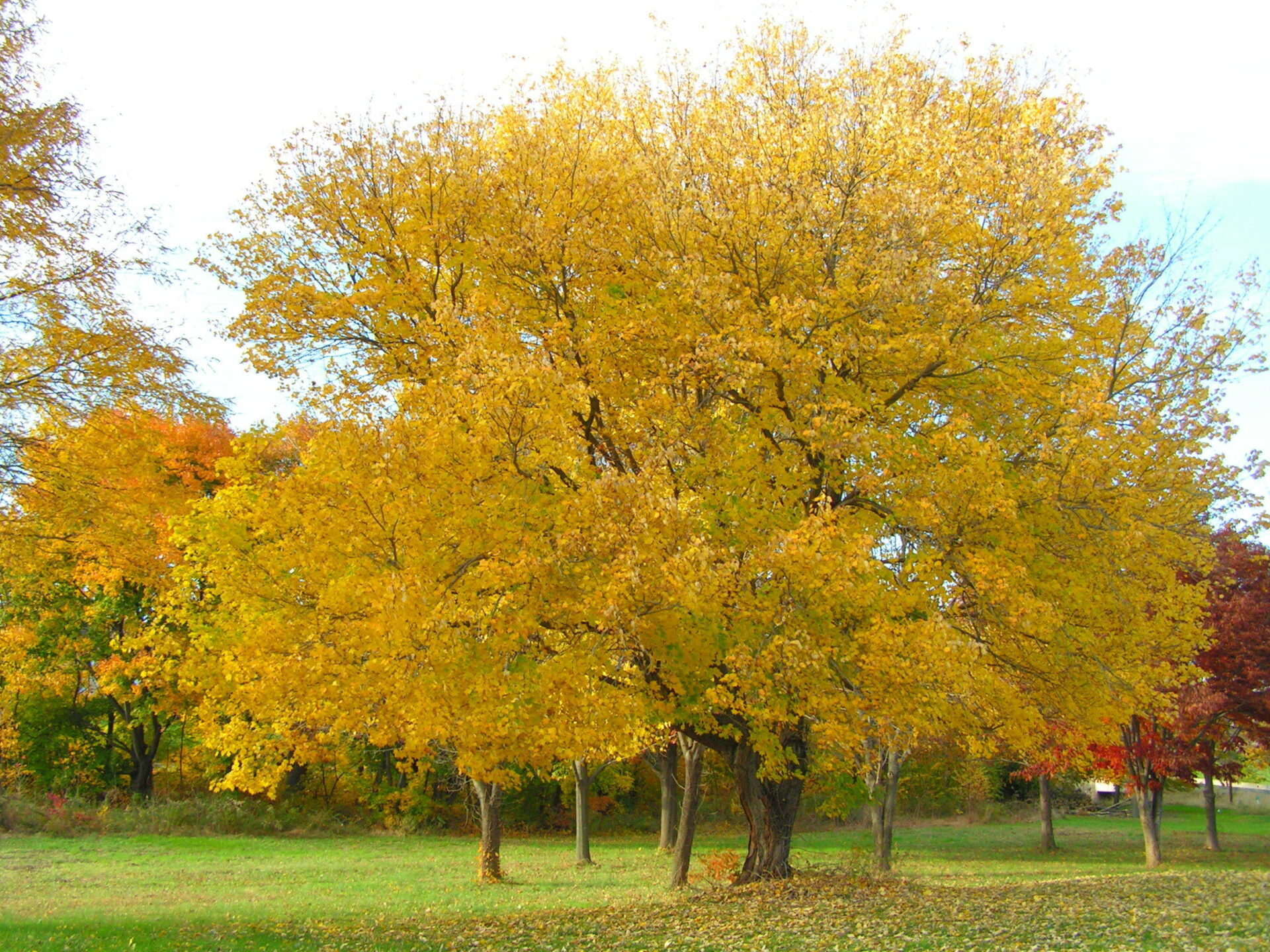
The Acer Emerald Queen is a cultivar of the Norway Maple, Acer platanoides, which is native to a wide area across eastern and central Europe and western Asia.
This tree has discrete yellow flowers that appear in spring, and bright green leaves which turn golden yellow and sometimes red in the autumn.
Sponsor: The Harris Family
In memory of Alfred Stein, from the Harris Family


